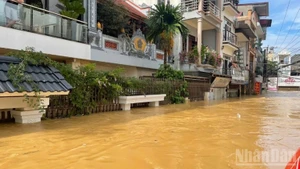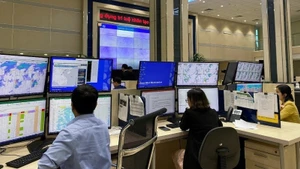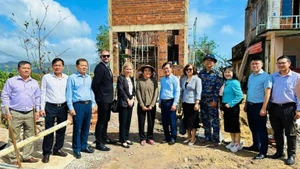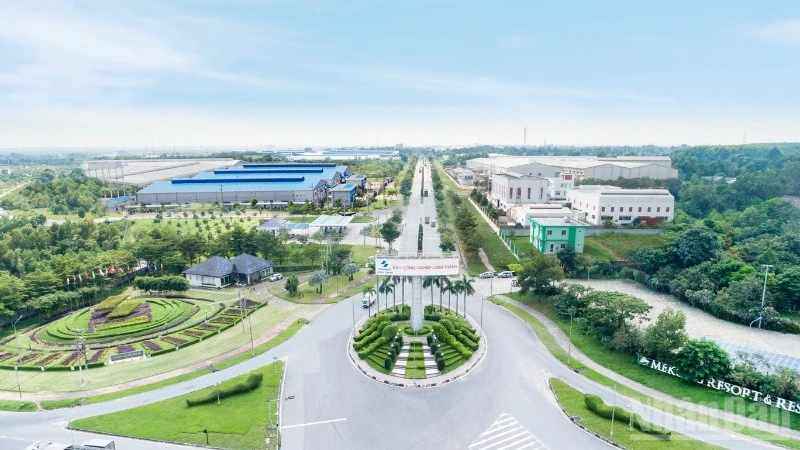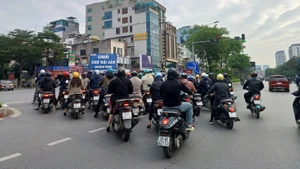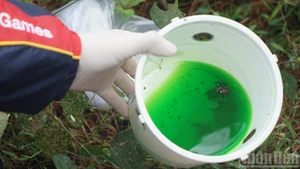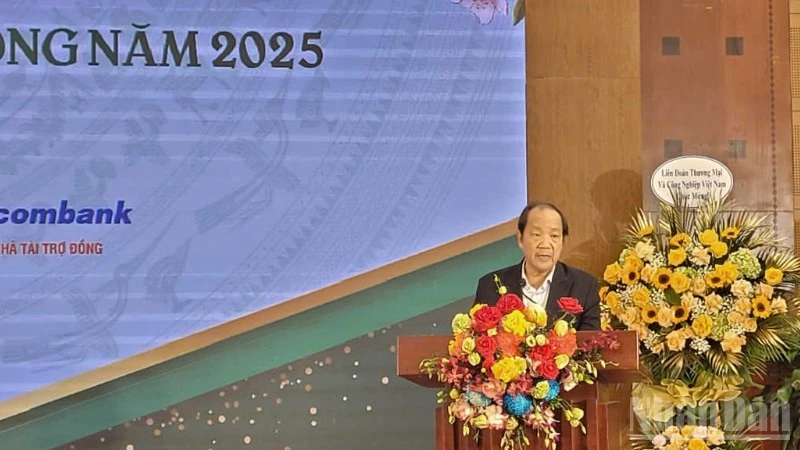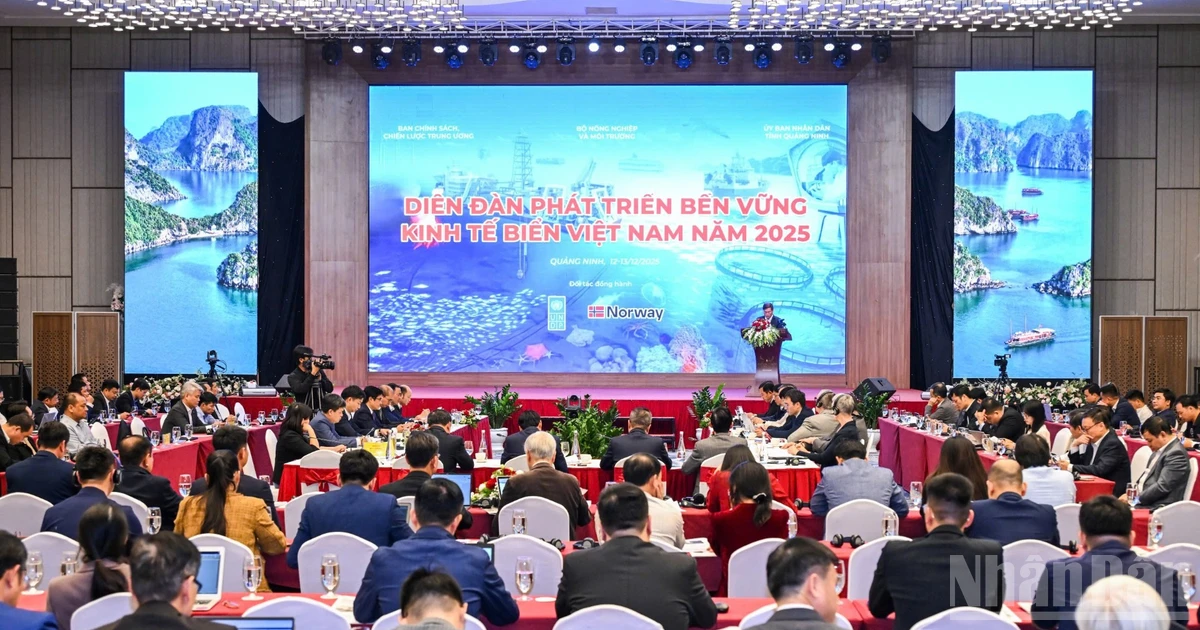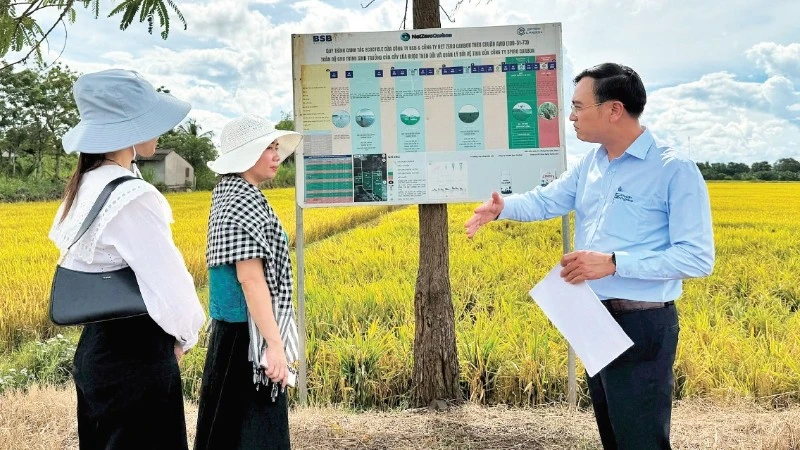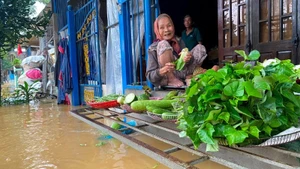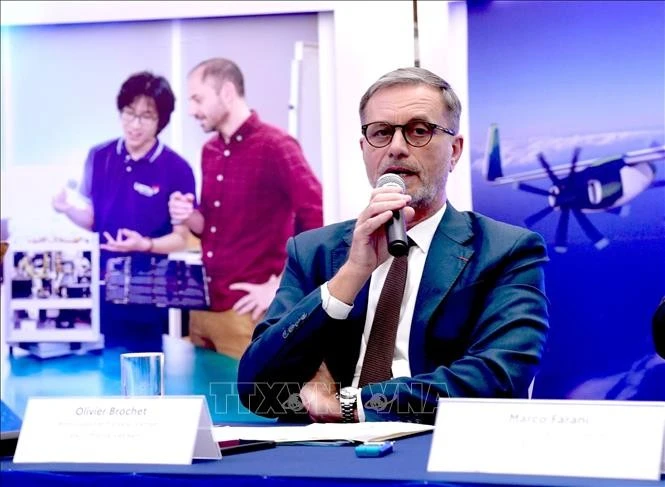Born in 1992, he is the founder of Viet Endangered Narratives (VEN) – a non-profit organisation that uses visual storytelling to promote nature conservation and cultural heritage in Viet Nam. He won First Prize in the video category of the “2023 Happy Vietnam” photo and video contest with his film “Da Nang – A Biodiversity City”.
Director Nguyen Thanh Paven: I was born and raised in Quang Ngai, a place of mountains, forests, sea, and childhood rivers. I moved to Ho Chi Minh City to study construction engineering, graduated, and worked in the field, but felt lost amidst corporate routines and urban routines. It was during a project in Mang Den (now part of Quang Ngai) – a highland region surrounded by ancient forests – that I discovered a deep connection to nature, wildlife, and the kind-hearted, simple people of the mountains.
Q: Was that “fateful encounter” what led your heart and mind to choose filmmaking topics centred around the natural world and its creatures?
A: After a decade working in various media roles, I decided to return to Da Nang and established Viet Endangered Narratives (VEN). My team and I focus on three main themes: the conservation of wildlife and biodiversity – the most invested and the “soul” of all VEN projects; cultural heritage and the human–nature relationship; and the silent heroes of conservation – individuals who quietly dedicate their lives to preserving species and their habitats.
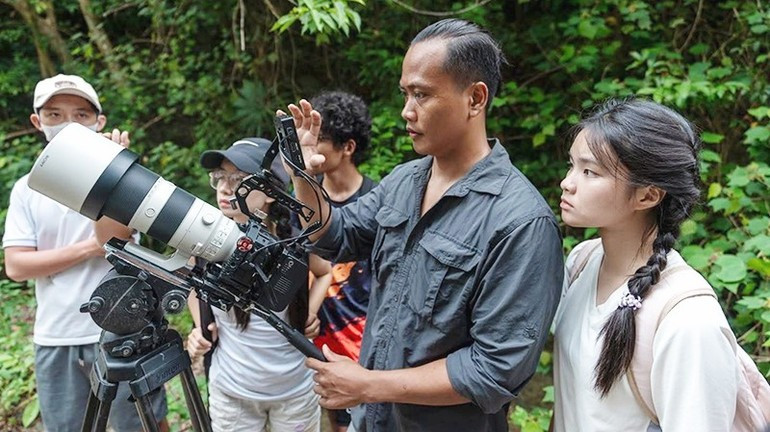
Q: Is Da Nang’s natural charm the reason you chose it as your base?
A: Da Nang truly is a “green treasure” of central Viet Nam. Son Tra Peninsula alone is home to some 780 marine species, including 108 algae species, 3 seagrass species, 177 hard coral species, and more than 400 fish species. Coral coverage in the northern reefs ranges from moderate to high (30–70%), with some transects reaching nearly 70%. The diversity of three key ecosystems – coral reefs, seagrass beds, and soft bottoms – makes this a uniquely valuable site for both biodiversity and tourism.
I have proposed establishing a Son Tra Marine Protected Area, managed independently from the beach management system. At the heart of this idea is re–zoning marine use, transforming Son Tra into a “living laboratory” for sustainable tourism. Tourists would still be able to enjoy the experience, but every interaction would come with responsibility and understanding. When people realise that what lies beneath the surface is connected to their meals, their health, and their children’s future, they will voluntarily protect the ocean – something no policy can guarantee without such awareness.
Q: In your view, what should young people do to help protect the biosphere and biodiversity?
A: I believe the Earth is an interconnected whole, where even the smallest action can have consequences far greater than we imagine. Many have heard of the “butterfly effect” – a seemingly harmless flap of wings can stir a storm across the globe. In the same way, our everyday actions affect not only ourselves but our communities, countries, and the planet as a whole.
If each person understands the intrinsic link between humans and ecosystems, and that we are not separate from nature but a part of it, then we will all live more responsibly. Biodiversity conservation is not a distant task reserved for “someone else.” It is as close as our own breath. If we all act with that awareness, we can together build a healthier planet, for ourselves and for those yet to be born.
Thank you for sharing your story!

